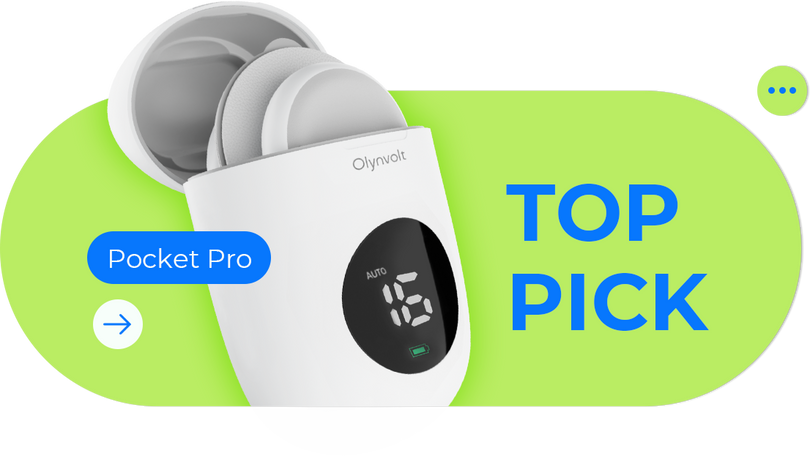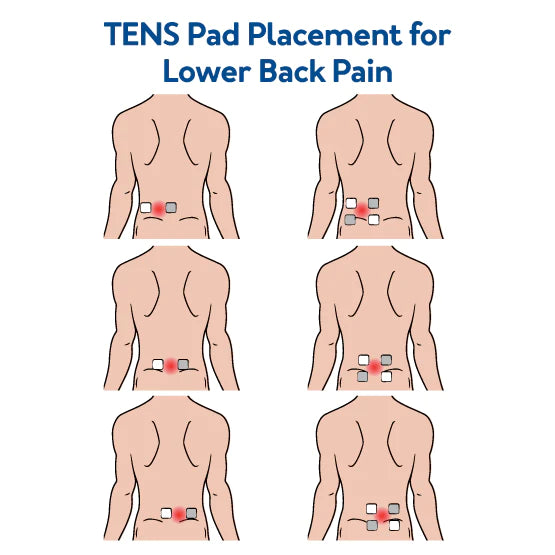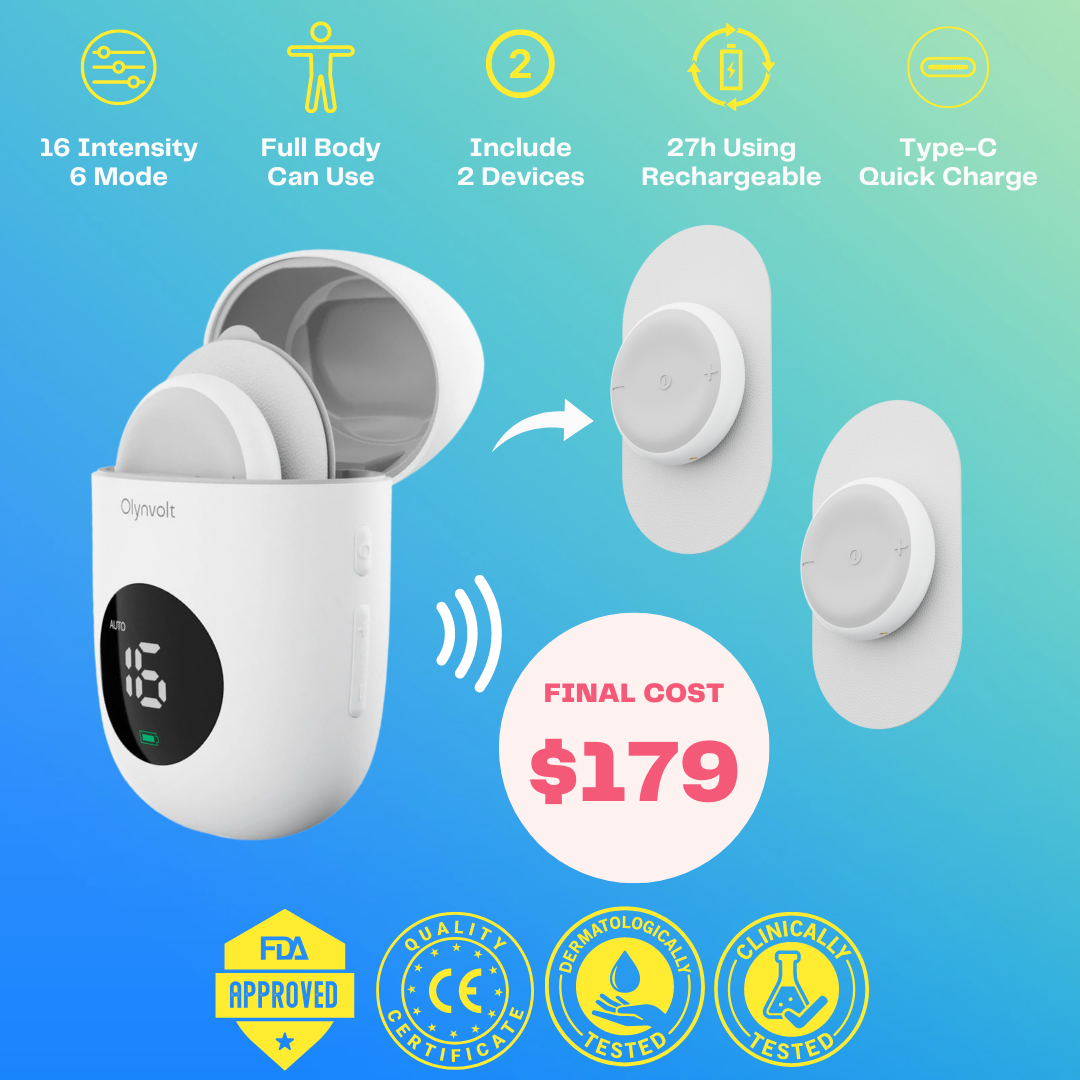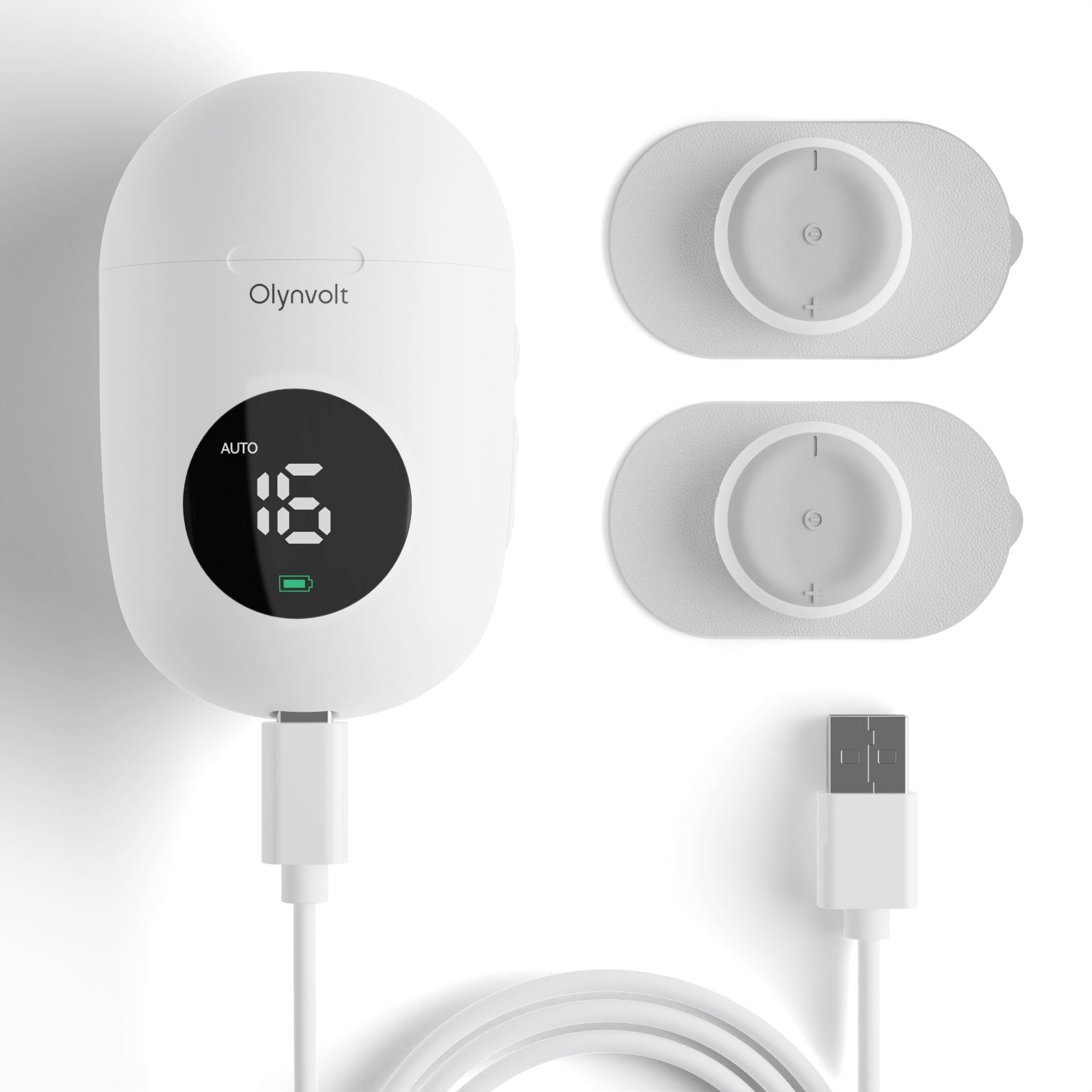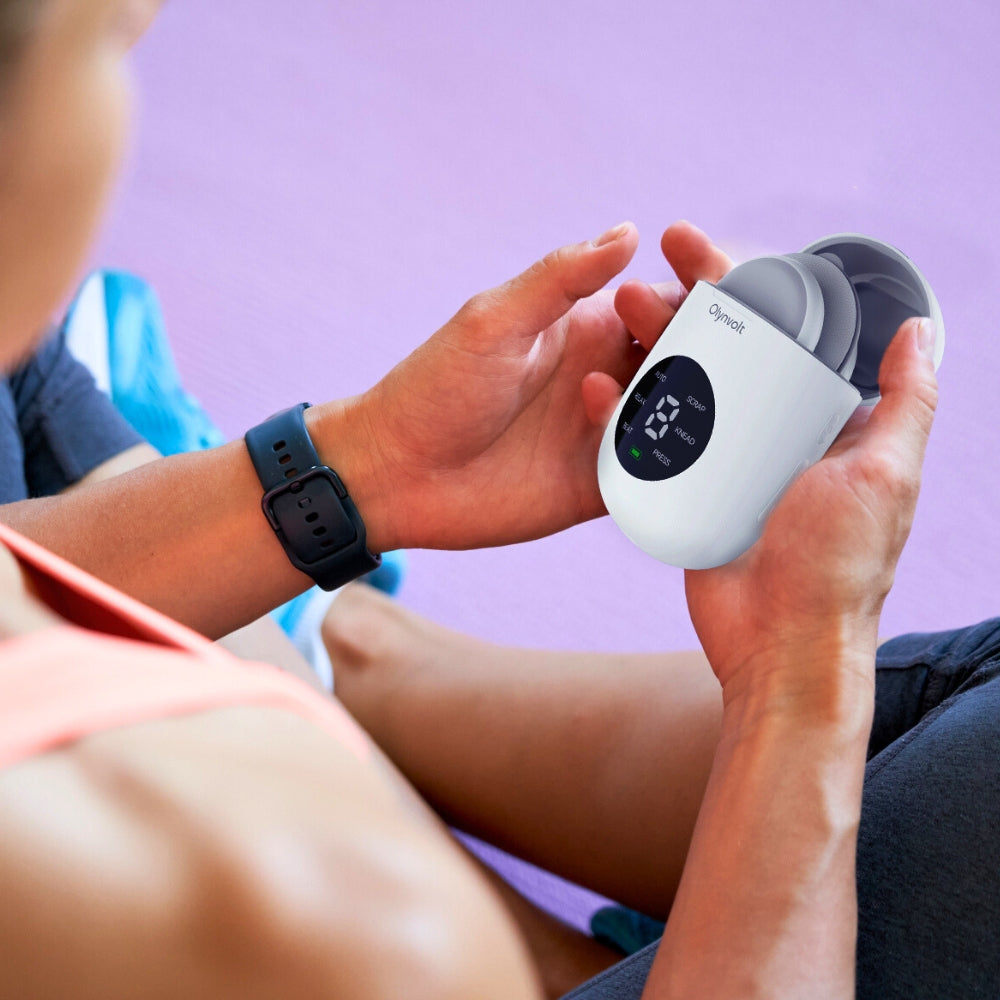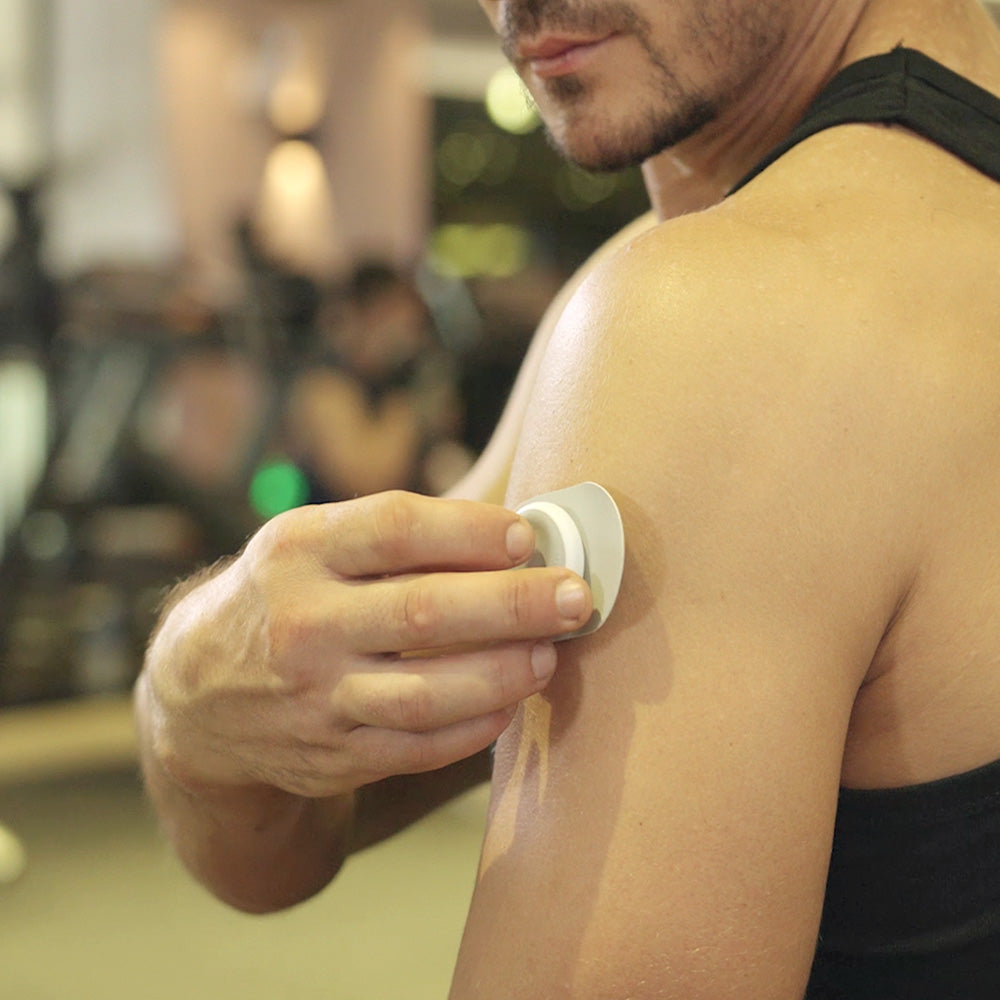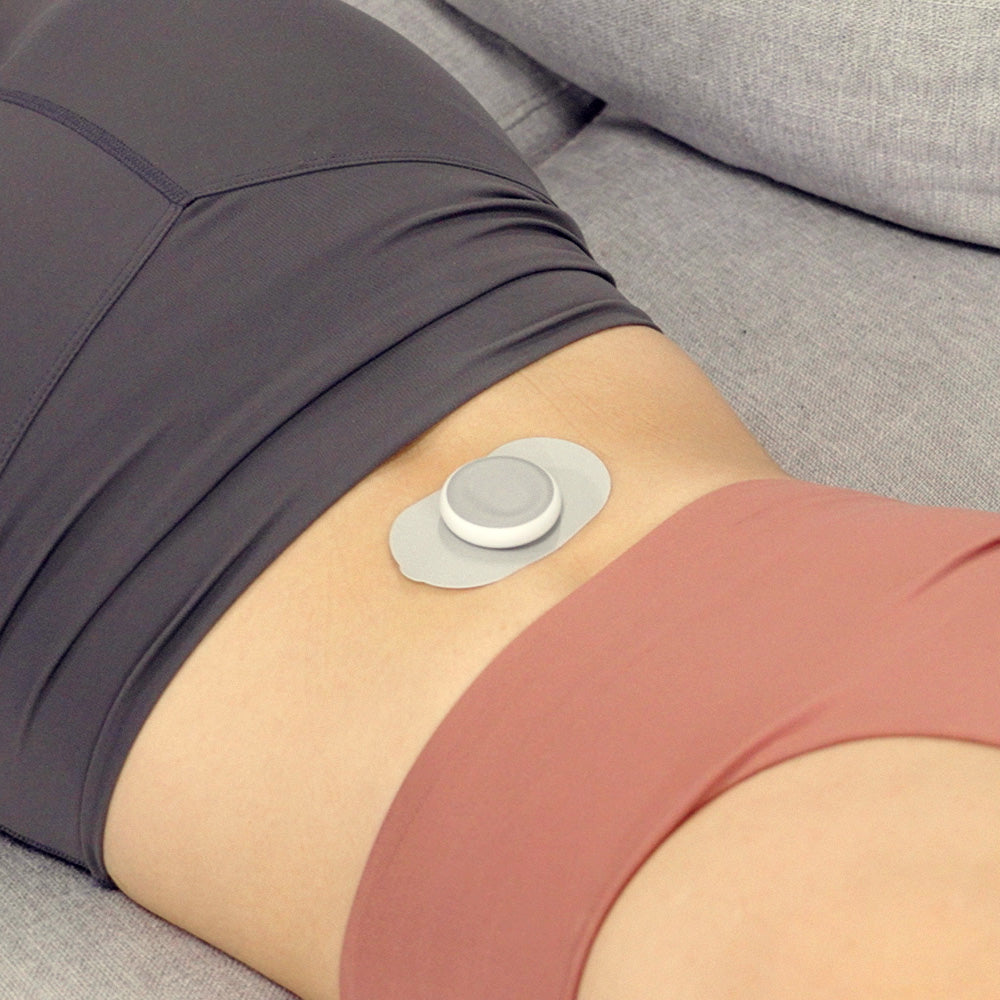What is transcutaneous electrical nerve stimulation (TENS) therapy?
Transcutaneous electrical nerve stimulation (TENS) is a therapy that uses low voltage electrical current to provide pain relief. A TENS unit consists of a battery-powered device that delivers electrical impulses through electrodes placed on the surface of your skin. The electrodes are placed at or near nerves where the pain is located or at trigger points.
How does transcutaneous electrical nerve stimulation (TENS) work?
There are two theories about how transcutaneous electrical nerve stimulation (TENS) works. One theory is that the electric current stimulates nerve cells that block the transmission of pain signals, modifying your perception of pain. The other theory is that nerve stimulation raises the level of endorphins, which are the body’s natural pain-killing chemical. The endorphins then block the perception of pain.
What is transcutaneous electrical nerve stimulation (TENS) therapy used to treat?
TENS therapy has been used or is being studied to relieve both chronic (long lasting) and acute (short-term) pain. Some of the most common conditions for which TENS has been used include:
Osteoarthritis (disease of the joints).
Fibromyalgia (aching and pain in muscles, tendons, and joints all over the body, especially along the spine.
Tendinitis (an inflammation or irritation of a tendon).
Bursitis (inflammation of the fluid-filled sacs that cushion joints).
Labor pain.
Low back pain.
Chronic pelvic pain.
Diabetes-related neuropathy (damage to the nerves that connect the brain and spinal cord to the rest of the body).
Peripheral artery disease (“hardening of the arteries” that circulate blood to the body).
For what types of conditions and areas of the body should transcutaneous electrical nerve stimulation (TENS) therapy not be used?
Do not use TENS therapy at these specific body locations if you have any of the following conditions:
- An implantable device (cardioverter/defibrillator, neurostimulators, bone growth stimulator, indwelling blood pressure monitors). Do not use TENS therapy over or close to the areas where an electronic device is implanted. TENS could cause these devices to malfunction.
- Are pregnant. Do not apply TENS therapy to the abdomen; pelvic area; lower back; or to acupuncture points at the knee, hand or ankle. (However, TENS can be used for labor pain.)
- Cancer. Do not apply electrodes to areas of the body where there is known or suspected cancer. Do not use TENS if you have undiagnosed pain and a history of cancer in the last 5 years.
- Epilepsy. Do not apply electrodes to your head, neck or shoulders. The impulses could cause seizures.
- Deep vein thrombosis or thrombophlebitis. Do not use TENS therapy as it may increase blood circulation, which may increase the risk of dislodging a blood clot.
- A bleeding (hemorrhagic) disorder or recent or actively bleeding tissue. TENS therapy could increase bleeding at the tissue site or increase the risk of bleeding in persons with bleeding disorders.
- Heart disease. Do not apply TENS therapy to the chest if you have heart disease, heart failure or arrhythmias.
In addition, TENS should not be applied:
- To infected tissues, wounds due to osteomyelitis or if you have tuberculosis. TENS therapy may result in the spread of infections.
- To areas of tissue that have been recently treated with radiation.
- To damaged skin (Except for open wounds where the intent is to use electrical stimulation to heal tissue. In these cases, therapy should be guided by a skilled therapist.)
- Near or over eyes or mouth, front or side of neck, or on the head.
- Near reproductive organs or genitals.
- To areas of the body that lack or have reduced sensation.
- In persons who have trouble communicating or who have mental impairment and cannot provide feedback to ensure the safe use of TENS.
If you have any current or past health issues, or any concerns or questions, always check with your healthcare provider before using TENS.
PROCEDURE DETAILS
What are the parts of a transcutaneous electrical nerve stimulation (TENS) device and how do they work?
The battery-powered TENS device is about the size of a small cell phone. The device comes with several sets of electrode wires and end pads. The electrodes connect to the device at one end and are attached to about 2 inch by 2 inch pads at the other end. Each pad has an adhesive backing and is positioned on your skin in specific areas along nerve pathways in the area to be treated. (Instead of direct contact with the skin, an acupuncturist may connect the TENS unit to acupuncture needles.)
The device delivers pulses of electrical energy. Pulses can be adjusted for intensity, frequency, duration, and type (burst or continuous). A doctor, physical therapist, or acupuncturist determines and adjusts the machine’s settings.

